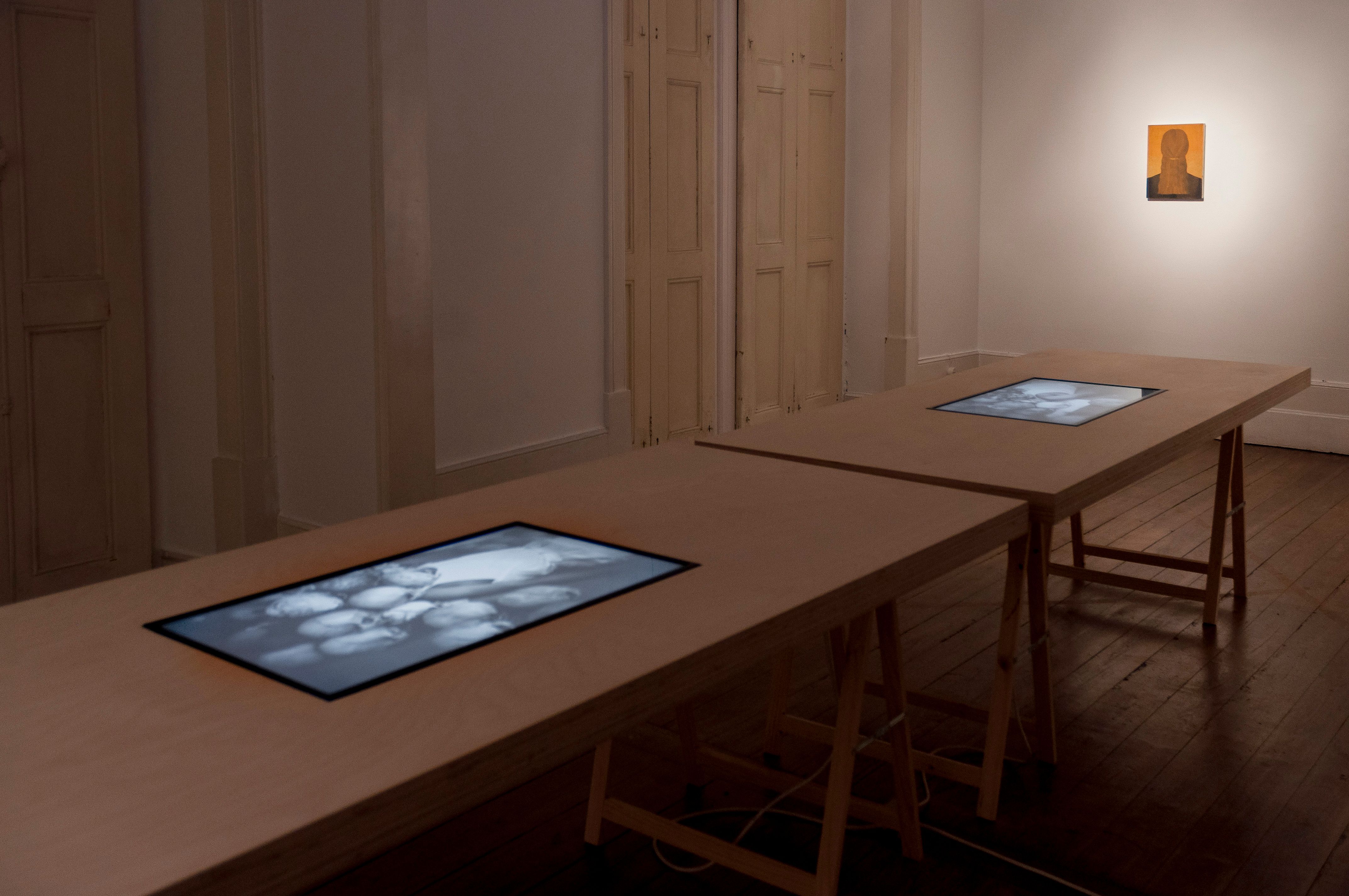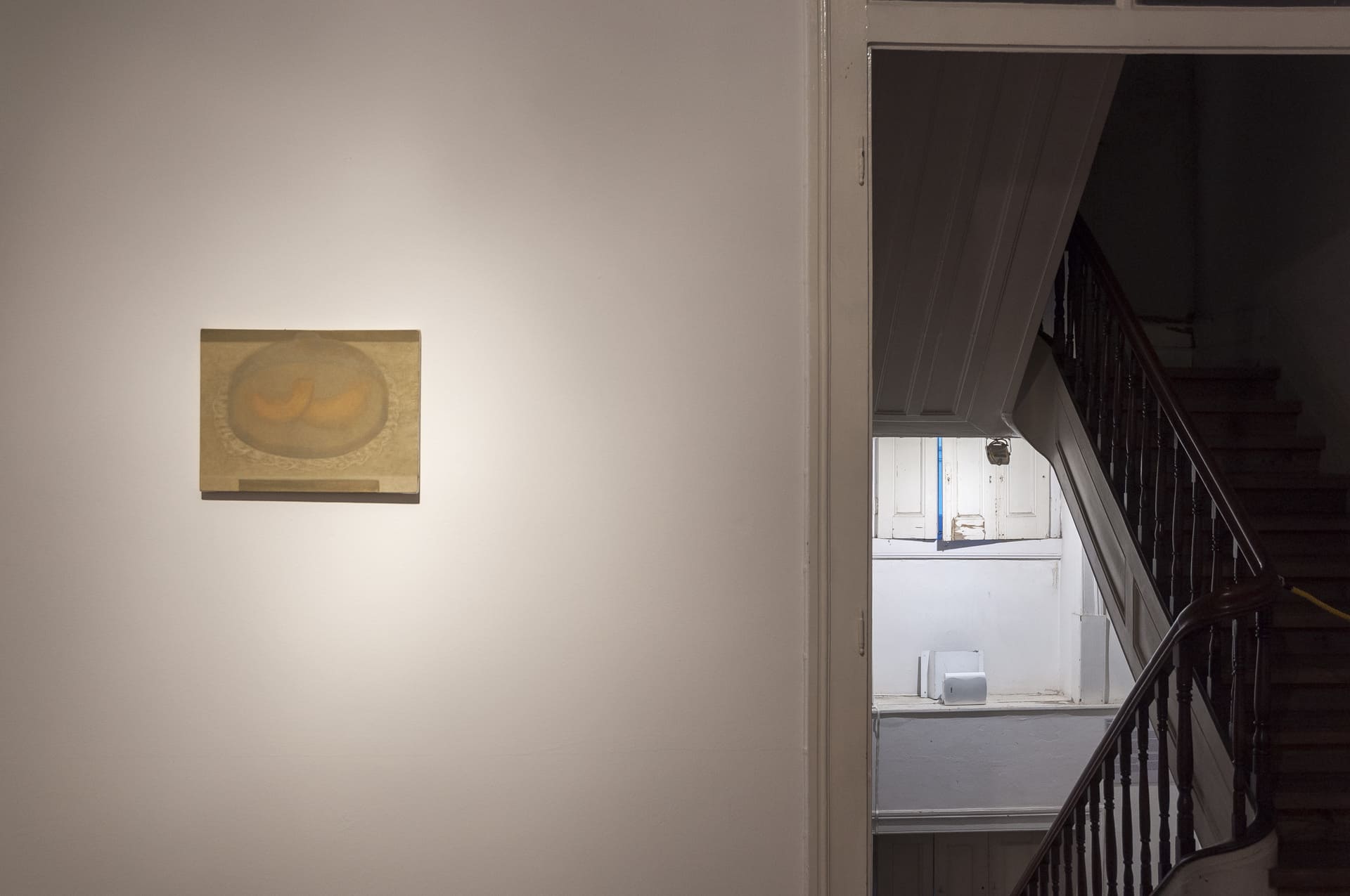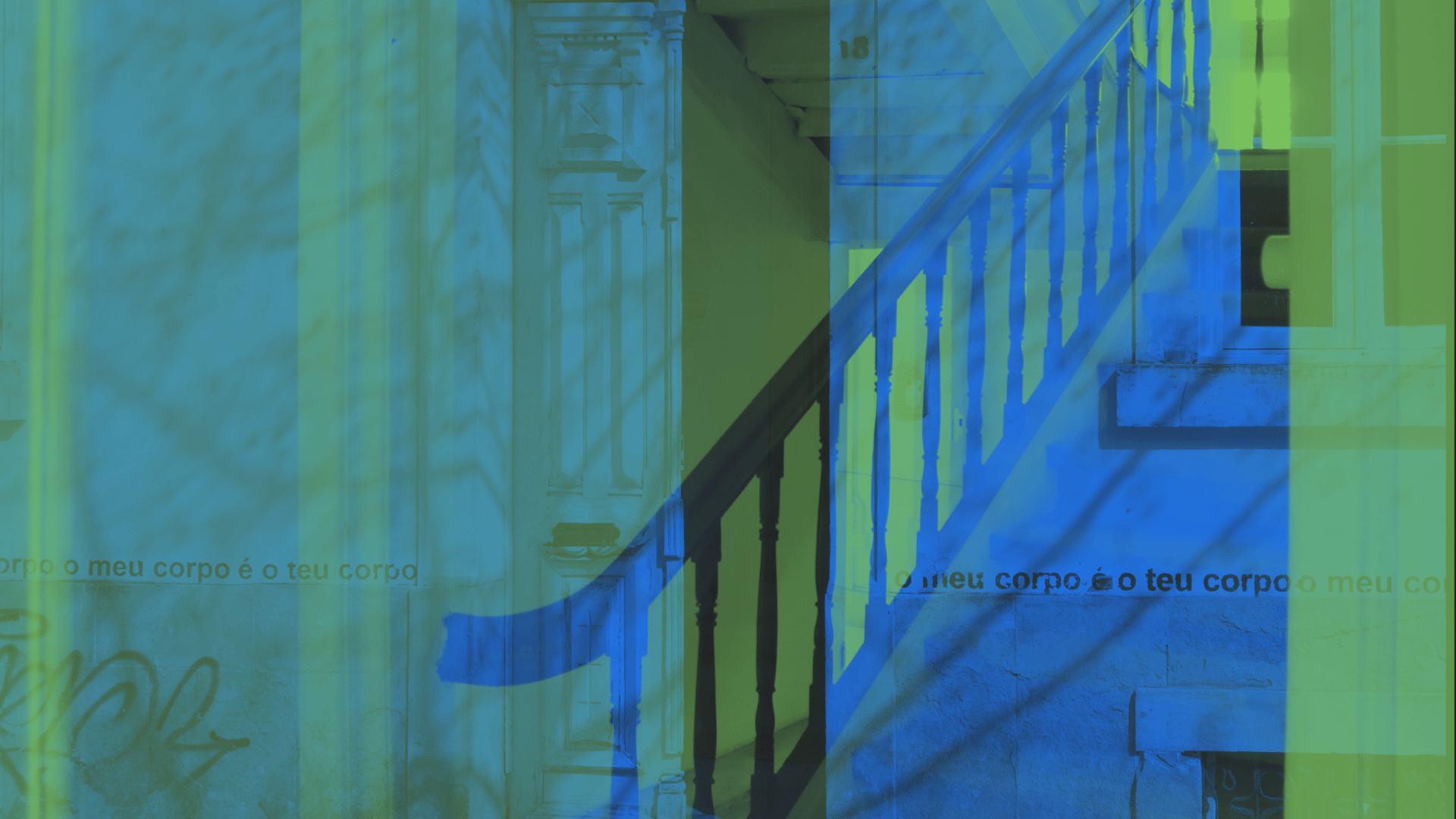Paula
Siebra
Paula Siebra



Brazil, 1998
In the work of Paula Siebra (Fortaleza, Brazil, 1998), routine and often handmade objects such as vases, wooden ex-votos, clay and porcelain utensils coexist with portraits of anonymous figures and almost fading landscapes. A subtle and silent Brazilian everyday life emerges on the canvas in her oil and egg tempera paintings.
Between the pictorial tradition of Brazil and the proximity to the routine of her hometown, the artist conceives images situated in distant times, of reminiscence and reverie. The superimposition of colours in dry brushstrokes simulates a familiarity with silicogravure — a craft technique of juxtaposing layers of coloured sand to form images (usually landscapes) inside transparent glass bottles, typical souvenirs from the Brazilian Northeast. Her way of painting also mimics the appearance of dust, covering the painting like a light mist of sand, in images that seem to inhabit the recesses of memory.
Uma carta (antes do envelope), 2024
Oil on canvas
Presilha de cabelo, 2024
Oil on canvas
Dois melões numa redoma, 2024
Óleo sobre tela
Courtesy of the artist and Galeria Mendes Wood DM.
Characteristic of Paula Siebra’s work, the symbiosis of her paintings with exhibition spaces, be they gallery walls or houses, possibly results from the fact that the images she paints seem to inhabit a collective memory, a space halfway between everyday life and a diffuse dreamlike sense. Although strongly linked to a local tradition, to the daily life of her hometown and the history of Brazilian painting, they paradoxically convey an almost universal sense — perhaps because, in a waking state or in the most distant memories, the ordinary fragments of life always have the same colours.
In this edition of the Biennial, Uma carta (antes do envelope), Presilha de cabelo and Dois melões numa redoma occupy CAPC Sede as punctuations in space. They are spectral presences that almost converge with the walls of the place, creating a dialogue with its history and also with the decision to turn it into a curatorial statement. In the group of works that are enunciations of the themes explored in The Phantom of Liberty, Paula Siebra’s canvases play a conciliatory role, bringing together artistic practices of a mainly political nature with those that hover around the Biennial with a certain poetic lightness.
Paula Siebra lives in Fortaleza. Her work has gained international prominence and has been exhibited in important institutions, including: Museu Nacional de Belas-Artes, Pivô, Centro Cultural dos Correios, The Perimeter and Mendes Wood DM São Paulo, Brussels and New York. In 2023, she was a finalist for the Arte Laguna Prize. Her paintings have been reproduced in various publications, including: Latin American Artists, 2023, Phaidon Publishing, and Great Women Painters, 2022, Phaidon Publishing.



